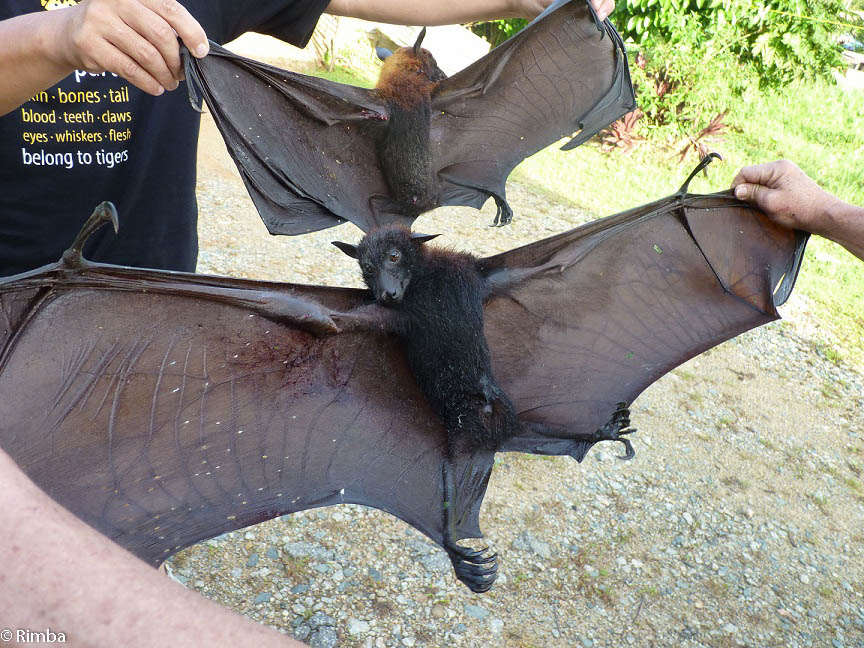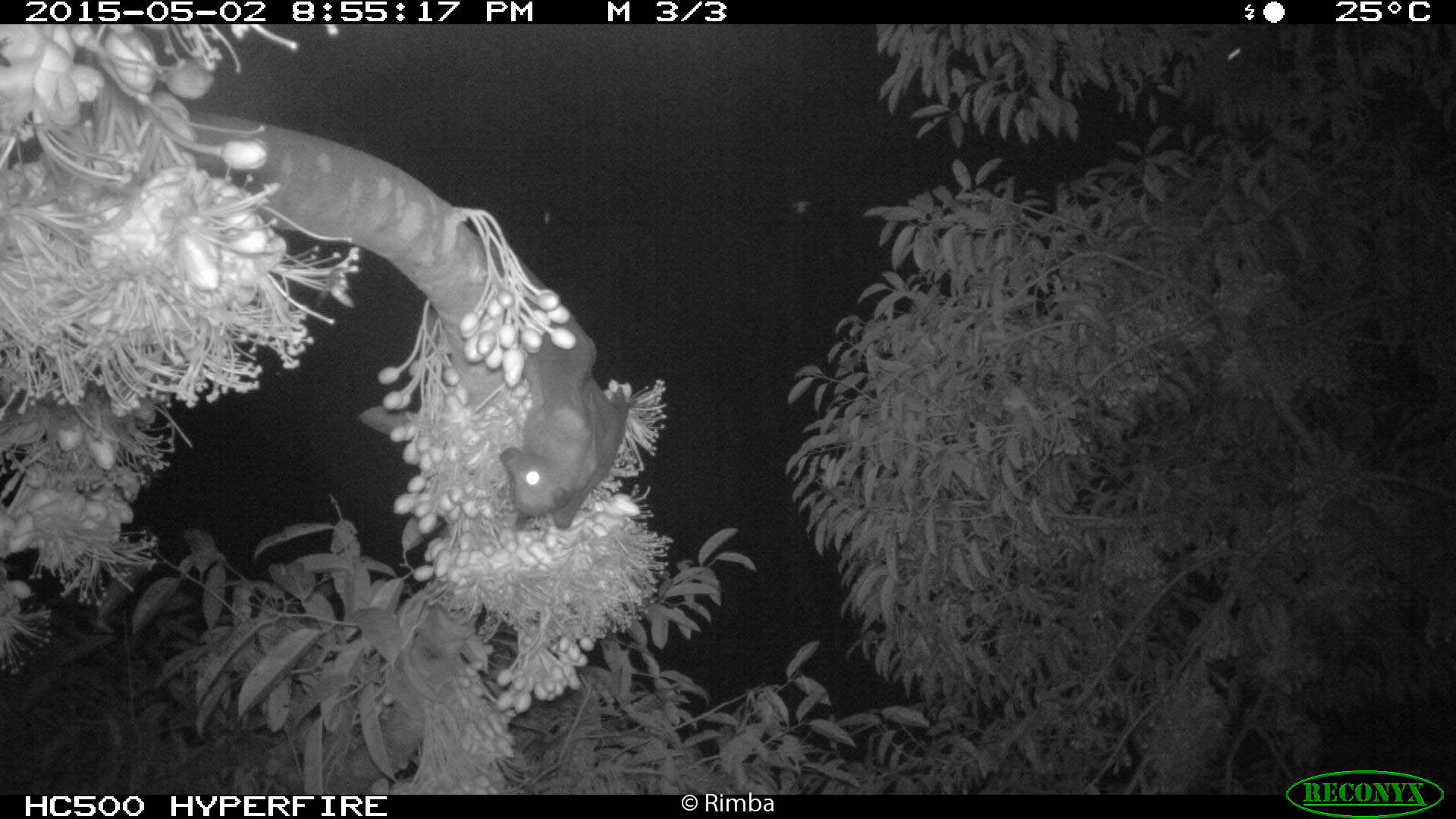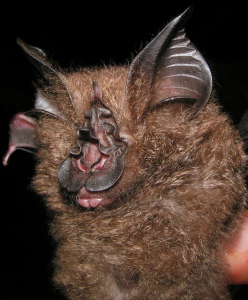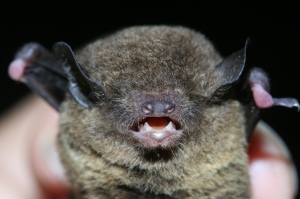Payzonno
Payzonno will be the really undemanding less than perfect credit economic with this number. The platform spends a chatbot to need customers which have a straightforward attempt. Brand new chatbot means consumers regarding their financial records and you will latest monetary state. This new robot has the benefit of a matching amount borrowed centered on the new user’s duty.
Payzonno is discover for anyone which have a poor credit rating, providing several thousand dollars on the customers. Moreover it also offers a great deal more and in case you also have proof monthly earnings. Notably, the services was free. While the customers submits guidance, Payzonno website links the customer that have a reliable monetary. New debtor can decide the most suitable choice financial considering browse because of the terms and conditions and you can can cost you energized.
- Takeaway: Profiles is even acquire anywhere between $one hundred and you may $5000 centered on their credit rating, reputation of home, or other facts.
Every lender plans to send a secure unsecured loan. perhaps not, not all satisfy that it vow, specifically for poor credit financing. To draw a column contained in this top and you will bad bad borrowing from the bank communities, united states utilized the following metrics:
Capacity to Undertake Quicker if any Credit
Those with a good credit score overall performance do not require very poor borrowing from the bank lenders. He’s of numerous borrowing solutions. We solely considered loan providers one accepted realistic if any borrowing from the bank overall performance for it ranking.
Reduced Transfer off Financial support
Credible lenders transfer money with the borrower’s subscription in 24 hours or less. Sort of do so within half dozen-several days. So it number experienced financial institutions that could import loans into the borrower’s subscription contained in this half dozen-a day. (more…)
) in order to numerous particular existence concerns, and you will filter systems out potentials who don’t align with what you are searching to have.
It also enjoys paid options for whoever desires a far more effective relationships sense on their site, and additionally reputation boosts, comprehend invoices and limitless likes.
Brand spanking new Relationship
Unlike being on the internet, be it on the a dating website or app, Modern Relationship is the UK’s commander inside price dating and parties to have single people so that you will meet their meets for the genuine-life.
This site is ideal for people that prefer learning somebody face-to-deal with and it also also provides an increase dating be sure. New Dating can be so sure you’ll satisfy anyone you love the new very first time that, otherwise, your following event is free of charge. What is actually never to such as?
There are a number of price dating locations and you can locations across the united kingdom which have varying rates, however, pages can see the age range and you can just what surroundings feels like inside for every place (and just how many daters will be in attendance) ahead of reservation. (more…)
On Wednesday, May 30, 2018, about 32 people gathered at Universitas Hasanuddin, South Sulawesi, to have a dialogue about flying fox hunting in the region. The event was part of the US Fish and Wildlife Service funded project “Identifying and addressing factors contributing to flying fox trafficking in Southeast Asia, which has been awarded to the Philippine-based Mabuwaya Foundation and jointly implemented by partners in Indonesia (in this case, Tambora Muda Indonesia), Malaysia, the Philippines and the Southeast Asia Bat Conservation Research Unit.
South Sulawesi is the main supplier of flying foxes for bushmeat market in North Sulawesi. Hunting of flying foxes in this province are deemed to be exceedingly intense to fulfill the huge demand from North Sulawesi. However, information regarding the hunting practices and magnitudes in South Sulawesi is lacking, yet these data are crucial to design appropriate conservation program. Therefore, we conducted the first multi stakeholder dialogue and workshop on flying fox hunting in Makassar, South Sulawesi, to discuss and understand the hunting activities in this area and formulate potential conservation action.
The dialogue was attended by Prof. Ibnu Maryanto from Indonesian Institute of Science, Nature Conservation Agency of South Sulawesi, local conservation NGOs (Tasikoki Wildlife Rescue Center, Selamatkan Yaki, PROFAUNA Chapter Makassar and Alliance for Tompotika Conservation), veterinarian, independent conservation practitioners, university students and lecturers, and local government and chiefs of villages.
This meeting succeeded to identify known roost sites of flying foxes and hunting location and potential research and conservation program. More importantly, the dialogue was able to gain more interests and commitments from relevant stakeholders to support and take part in flying fox conservation program. Participants became more aware of the severity of bushmeat market and potential negative impact of unsustainable hunting of flying foxes in Sulawesi. They also learned about the ecology of flying foxes and their importance to ecosystem, for example as durian pollinators and seed dispersers.
Interestingly, most of the participants were excited to know the scientific name and endemic status of Acerodon celebensis. Chiefs of villages, who had flying fox colony in their villages, were proud of having the colony of Acerodon celebensis, which could only be found in Sulawesi. They were surprised, but also enthusiastic with the level of supports for flying fox conservation, then committed to formalize their hunting ban as part of their village regulation. Local conservation NGOs welcomed the idea of potential collaboration to do flying fox outreach program together.
Besides a dialogue, on the same day, university students were trained to design and do social survey about flying fox hunting. One of the students will conduct a research about this matter in the coming months.
The dialogue and workshop was a success and good start to initiate the first flying fox conservation program in Sulawesi, Indonesia. We are thankful for the attendance and participation from all participants during the discussion. We look forward to doing what we already planned in this event.
Mark your calendars! The 4th International Southeast Asian Bat Conference (SEABCO 2018) will be held in Bacolod City, Philippines August 6th-9th.
The Local Organizers are the Philippines Biodiversity Conservation Foundation, headed up by Lisa Marie J. Paguntalan and Philip Godfrey Jakosalem. Godo and Lisa will be sharing more of the details and getting the conference website up soon.
Two recent funding opportunities are available for work that focuses on species recovery or conservation. They both emphasize explicit conservation action of threatened species, so proposals need to be very focused on this to be competitive.
1. National Geographic “Recovery of Species on the Brink of Extinction”. April 4th. Materials for Endorsement Letter Mar 28th
https://www.nationalgeographic.org/grants/what-we-fund/rfp/species-recovery/
Bat submissions for which there is no Action Plan will require endorsement from the IUCN Bat Specialist Group, so if you plan to apply, you need to provide me (Tigga) with the following by March 28th to allow time to prepare an effective endorsement:
– Completed draft of your proposal
– Information for a letter of endorsement - this needs to explicitly state:
- PI
- Title of proposal
- Summary of species status and main threats, making it clear how the species is “on the brink” of extinction (brief)
- How the action planned addresses the threats and aligns with the RL assessment for the species and conservation recommendations/actions within the assessment
- How the proposers will demonstrate change and identify indicators of recovery
- List the early career and in-country conservationists involved
2. Mohamed bin Zayed Species Conservation Fund: Supporting Conservation of Threatened Species
Mohamed bin Zayed Species Conservation Fund.
Deadline Saturday, June 30, 2018
Opportunity type:
Funding
Applicants are invited to apply for the Mohamed bin Zayed Species Conservation Fund that has been established to provide targeted grants to individual species conservation initiatives, recognize leaders in the field and elevate the importance of species in the broader conservation debate.
Its focus is global and eligibility for grants will extend to all plant, animal and fungi species conservation efforts, without discrimination on the basis of region or selected species.
The Fund intends to be as flexible and accommodating as possible when reviewing applications, and to take into account as many different factors as is reasonable when assessing the merit of a suggested project. To support this and to try to streamline the application process, the review process is kept comparatively simple.
Funding Information
The Fund maximum grant size is $25,000, and any application asking for more than this from the Fund will be rejected. The total budget of a project can be higher if there are other sources of funding.
Eligibility Criteria
– Anyone directly involved in species conservation can apply to the Fund for a grant.
– The Fund will consider grants for the conservation of any threatened or poorly known animal, plant or fungus species.
– The Fund is primarily interested in situ species conservation work, but will consider applications for an ex situ project where it is demonstrated to be critical to the survival of the species concerned.
– Language: Applications must be submitted in English.
– Currency: Budgets must be submitted in US Dollars.
How to Apply
Interested applicants must fill the application form via given website.
For more information, please visit Mohamed bin Zayed Species Conservation Fund.
Good news for flying fox conservation! In conjunction with recent media coverage highlighting the importance of flying foxes for durian, Peninsular Malaysia’s Department of Wildlife and National Parks have announced that they are taking concrete steps to protect the country’s two flying fox species. The Director-General of the department announced that both Pteropus hypomelanus and P. vampyrus will be moved to the ‘Totally Protected’ category under the Wildlife Conservation Act 2010. This means that people will no longer be allowed to hunt either species. This is a long-awaited and much welcome move that bat biologists and conservationists have been advocating for years, and we are very pleased that the Malaysian government is taking a step in the right direction to support bat conservation efforts. You can read the news report here: ‘Flying foxes to be upgraded to “totally protected” species’

Soon to be a thing of the past.. dead Pteropus vampyrus shot by a licensed hunter in Peninsular Malaysia.

Recent research has demonstrated the importance of Island Flying Foxes for durian pollination. Here a bat can be seen at the cluster of durian flowers
Applications to the 2018 Kate Barlow award are now open the closing date is 5pm, 4th December 2017.
The Kate Barlow Award aims to encourage the next generation of bat researchers by providing a substantive contribution towards the research costs of postgraduate students undertaking research that will benefit bat conservation, in honour of the late Dr Kate Barlow’s contribution to bat conservation.
- The Kate Barlow Award is open to students anywhere in the world conducting research which has a direct relevance for bat conservation.
- One award of up to £4,500 will be made, towards the costs of a bat research project of no less than 4 months duration.
- In addition BCT will pay for the award winner to attend either the BCT National Bat Conference or another relevant bat research and conservation conference.
- An award decision will be made by the end of February 2018.
To apply, a completed application form together with two letters of recommendation should be emailed to science@bats.org.uk. The application form and guidance notes can be found on our website here: http://www.bats.org.uk/pages/the_kate_barlow_award.html
An international team of researchers working in Peninsular Malaysia have found that the giant fruit bats known as flying foxes (Pteropus hypomelanus) are actually important pollinators for the durian (Durio zibethinus) tree, which produces a unique fruit that is highly popular throughout Southeast Asia and beyond. As this is the first time such a role has been documented for these highly threatened bats, it’s possible that a decline in their populations could potentially affect fruit production in the commercial durian industries of Southeast Asian countries. Led by SEABCRU member Sheema Abdul Aziz, the study has recently been published in the journal Ecology and Evolution.
Aziz SA, Clements GR, McConkey KR, Sritongchuay T, Pathil S, Yazid MNHA, Campos-Arceiz A, Forget P-M, Bumrungsri, S. 2017. Pollination by the locally endangered island flying fox (Pteropus hypomelanus) enhances fruit production of the economically important durian (Durio zibethinus). Ecol Evol. 2017;00:1–15. https://doi.org/10.1002/ece3.3213
From Tigga: You can read the press release from RIMBA (which has some great photos) here.
A team of international network of researchers describes a new species of woolly horseshoe bat from Southeast Asia (Malaysia, Indonesia and Thailand). The new species is described from specimens in museums world-wide including a 32 years old spirit specimen.
The study (led by SEABCRU member Pipat Soisook) is one of many output of an international collaborative network of researchers in different 11 institutions based in six different countries. The paper is published in the latest issue of Acta Chiropterologica.
The first specimen of the new species was collected at around 1600 m on Gunung Trus Madi in Sabah, Malaysia, by Charles M. Francis in 1983. This specimen is kept in the Natural History Museum, London after since and was being regarded as a ‘melanistic’ Rhinolophus trifoliatus until this study. Together with additional specimens from Kalimantan, Indonesia and from Thailand, researchers, by using morphological, acoustic and genetic data, reveal that they are a new species to science. The new species then is named ‘Rhinolophus francisi’ to honor C. M. Francis for his great contribution in Southeast Asian bat taxonomy.
The new species is currently known only from Sabah, Kalimantan in Borneo and Ratchaburi Province, W. Thailand. A single specimen from Thailand is described as a different subspecies, namely ‘Rhinolophus francisi thailandicus’ or Thailand’s Wooly Horseshoe Bat’. Anyway the authors mentioned that additional specimens from Thailand may prove that this Thai subspecies is a distinct species, and future surveys in forest habitats of mainland Southeast Asia may reveal that it is actually widespread in the region.
Soisook, P., Struebig, M. J., Noerfahmy, S., Bernard, H., Maryanto, I., Chen, S. F., Rossiter, S. J., Kuo, H. C., Deshpande, K., Bates, P. J. J., Sykes, D. and Miguez, R. P. (2015) DESCRIPTION OF A NEW SPECIES OF THE RHINOLOPHUS TRIFOLIATUS-GROUP (CHIROPTERA: RHINOLOPHIDAE) FROM SOUTHEAST ASIA. Acta Chiropterologica, 17(1): 21–36
They have typical Pipistrellus appearance but are characterized by the thickened pads at the base of thumbs. They roost in bamboo stalks but are not the flat-headed Tylonycteris of Southeast Asia nor the funnel-eared Kerivoula of Taiwan. The genus Glischropus is a group of small vespertilionid bats endemic to the Indo-Malayan region. Three species have been recognized, including G. bucephalus earlier described by Dr Gábor Csorba of the Hungarian Nature History Museum (HNHM) in 2013. However, this month, Dr Csorba, Tamás Görföl (HNHM), and four SEABCRU committee bring exciting news of another new Glischropus species. Based on morphological and genetic evidence, Glischropus aquilus, the fourth member of the genus, is reported from southwestern Sumatra of Indonesia. The bat is named for its dark coloration, which distinguishes the species from its three congeners. This finding brings the count of bats to 88 species for Sumatra and 222 species for Indonesia. The project is supported by a collaboration between four museums of four countries, highlighting the significance of SEABCRU taxonomic network. Thumb-pads up!
Original Citation: Gábor Csorba, Tamás Görföl, Sigit Wiantoro, Tigga Kingston, Paul J. J. Bates, and Joe Chun-Chia Huang. Thumb-pads up—a new species of thick-thumbed bat from Sumatra (Chiroptera: Vespertilionidae: Glischropus). Zootaxa 3980 (2): 267–278. DOI:
http://dx.doi.org/10.11646/zootaxa.3980.2.7



